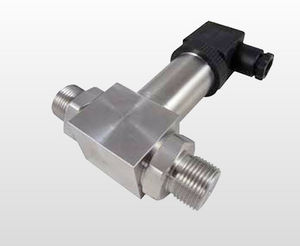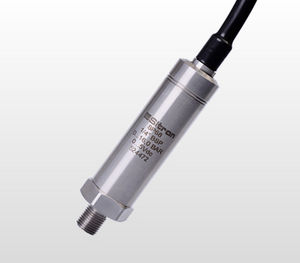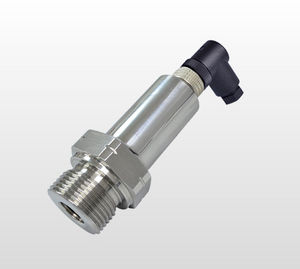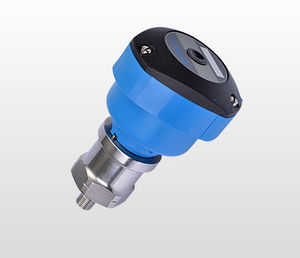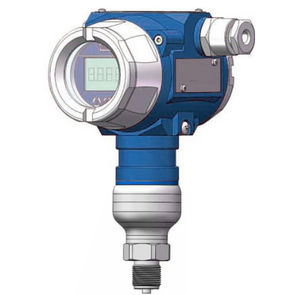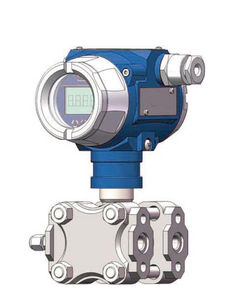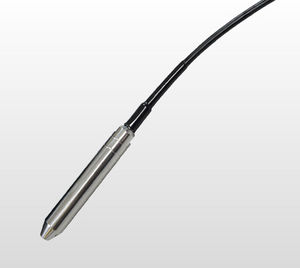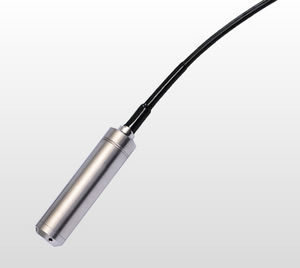
- Products
- Catalogs
- News & Trends
- Exhibitions
Relative pressure transmitter SP21piezoresistiveanalog12 Vdc

Add to favorites
Compare this product
Characteristics
- Pressure type
- relative
- Technology
- piezoresistive
- Output
- analog
- Supply voltage
- 12 Vdc
- Mounting
- threaded, flange
- Process connection
- NPT 1/4
- Fluid
- for gas, for liquids
- Material
- stainless steel
- Protection level
- IP67, IP65, IP66
- Applications
- for HVAC systems, for marine applications, for refrigeration circuits, for boiler, for railway applications
- Other characteristics
- compact, economical, sanitary
- Pressure range
Max.: 1,000 bar
(14,503.77 psi)Min.: 0.1 bar
(1.45 psi)- Precision
0.5 %
- Long-term stability
0.2 %
- Process temperature
Max.: 80 °C
(176 °F)Min.: -20 °C
(-4 °F)
Description
The SP21 monitors the pressure range of a wide variety of both liquids and gases. This economical unit features a 304SS body, 316SS diaphragm with either silicone or olive oil filled sensor and either M12 or DIN43650 electrical connection. It is available in pressure ranges from 0…100milibar to 0…1000bar
Optional Accessories:
TR202 Relay Digital readout + 2X active relays/ 1X F.S. Relay + passive 4…20mA out
Application: Pressure and Level Measurement in Liquids and Gas
Operating Voltage: 12...30Vdc
Consumption: Max 22mA
Output Signal: 4...20mA (2 wires) 0.5...4.5/ 1...5V/ 0...5V (3 wires) upon request
Protection: Polarity Inversion
Sensor: 316 S.S Piezoresistive Silicone Sensor
Over Pressure: 3 x F.S.
Electrical Connection: DIN 43650 Connector / M12 Connector
Process Connection: 1/4”...1 1/2” BSP or NPT - Flange or Sanitary
Body Material: 304 S.S
Zero & Span Coefficent: 1.5% F.S (-20...85°C)
General applications
Compressors and Pumps
Sanitary process and control
Refrigeration, HVAC and boilers
Industrial hydraulic machinery
Transportation, marine, rail equipment
Catalogs
Sitron 2016 Line Card
28 Pages
Series: SP
27 Pages
Related Searches
- Pressure transmitter
- Level limit switch
- Liquid level limit switch
- Analog pressure transmitter
- Membrane pressure transmitter
- Relative pressure transmitter
- Stainless steel pressure transmitter
- Waterproof pressure transmitter
- Level transmitter
- Stainless steel level limit switch
- Liquid level transmitter
- Digital pressure transmitter
- Threaded level limit switch
- Gas pressure transmitter
- Liquid pressure transmitter
- Threaded pressure transmitter
- Analog level transmitter
- IP65 pressure transmitter
- Sensitive element pressure transmitter
- Compact pressure transmitter
*Prices are pre-tax. They exclude delivery charges and customs duties and do not include additional charges for installation or activation options. Prices are indicative only and may vary by country, with changes to the cost of raw materials and exchange rates.





